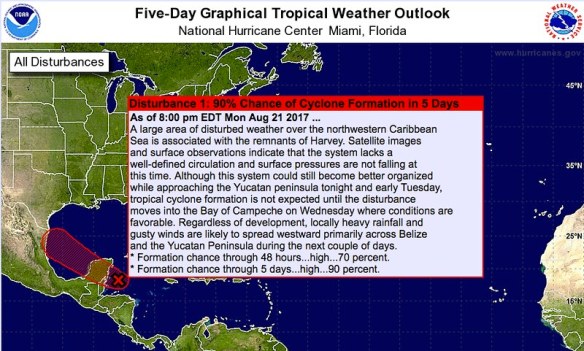While most people outside of Texas think concealed carry is something best left in the wild west era, for most Texans, it is a part of everyday life.
Regardless of your stance, there is a law on the Texas books that affects the evacuees of Hurricane Harvey that conceal or open carry their firearm.
In 2007, the Texas legislature passed the “Emergency Powers Act”, which coincided with the arrival of Hurricane Katrina and the (alleged) confiscation of firearms by the local and state police departments during the evacuation process.
In the act, written by Senator John Carona (R-Dallas) and with Rep. Frank Corte (R-San Antonio), all Texans are granted “safe passage” of their legally concealed or open carry firearm in times of evacuation.
The bill, available online here, states “a peace officer, during a state of disaster or a state of emergency, (may) disarm an individual lawfully carrying or possessing any firearm or ammunition if the officer reasonably believes it necessary for the protection of the officer or another individual. The bill requires the officer to return the firearm or ammunition to the individual before ceasing to detain the individual unless the officer arrests the individual or seizes the firearm as evidence in a criminal investigation.”
Shelters may have their own rules regarding firearms carry (concealed or open) for admission, but legally, all Texans can retain their firearm(s) while evacuating pending the exceptions noted in the bill.




